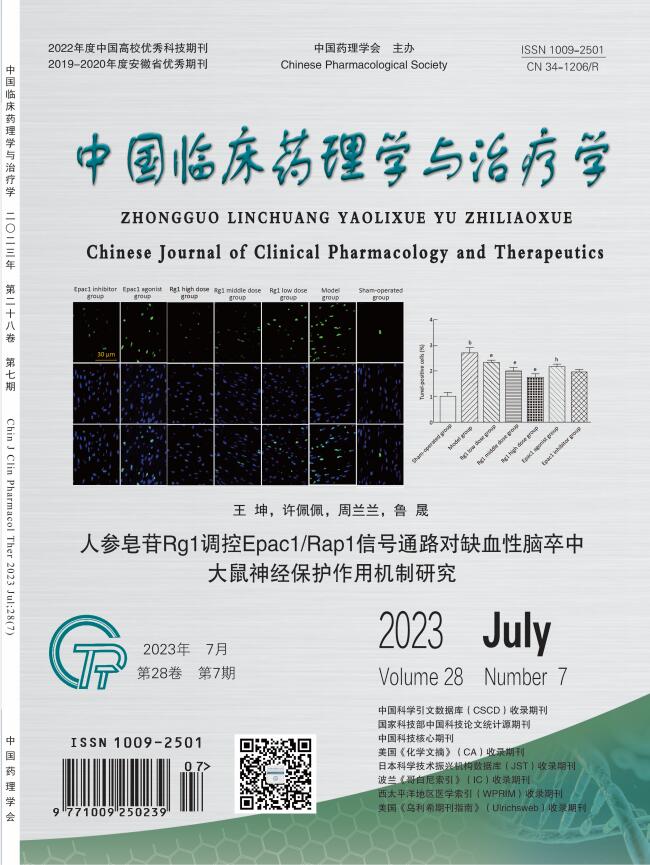AIM: To investigate the protective effect of "DuZhong-DangGui"(DZ-DG) on the knee tissue of rats with osteoarthritis (OA) and its regulation role on NLPR3 inflammasome. METHODS: Twenty-four SPF male SD rats, eighteen rats were randomly selected to establish OA model by anterior cruciate ligament amputation (ACLT) method, and rats were divided into control group, OA model group, DZ-DG group and positive drug group, 6 in each group, treatment for 8 weeks. The peripheral blood were collected, ELISA was used to detect the levels of IL-1β, IL-6, IL-18, and TNF-α; cartilage tissue of knee joint were collected, HE staining was used to observe pathology changes, OARSI staining was used to observe cartilage calcification and preform quantitative OARSI scoring; immunohistochemistry and TUNEL staining were used to detect the contents of Caspase1 and Collagen II and the number of apoptosis in the tissue, respectively, and western blot was used to detect the protein expressions of matrix metalloproteinase-13 (MMP-13), tissue inhibitor of metalloproteinase-1 (TIMP-1), p53, p21, NLPR3, apoptosis-associated speck-like protein containing a CARD (ASC) and Pro-Caspase-1. RESULTS: Compared to control group, OA model group rats serum levels of IL-1β, IL-6, IL-18, and TNF-α significantly increased (P<0.01), OARSI scores significantly increased (P<0.01), chondrocyte apoptosis was increased (P<0.01), Caspase-1 content and MMP-13, p53, p21, NLPR3, ASC, Pro-Caspase-1 protein expressions significantly increased (P<0.01), while Collagen II content and TIMP-1 protein expression significantly decreased (P<0.01). Compared with the OA model group, DZ-DG group and positive drug group rats serum levels of IL-1β, IL-6, IL-18 and TNF-α significantly decreased (P<0.05), chondrocyte apoptosis were significantly decreased (P<0.01), Caspase1 content, MMP-13, p53, NLPR3, Pro-Caspase-1 significantly decreased (P<0.05), Collagen Ⅱ content and TIMP- 1 protein expression (P<0.01); DZ-DG group rats protein expression of p21 and ASC were decreased (P<0.01). CONCLUSION: The DZ-DG have protection role on cartilage of OA rats, its effect may related to mediation of NLPR3/ASC/Pro-Caspase-1 pathway, to decrease of IL-1β, and inhibition of cell apoptosis.


